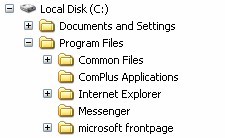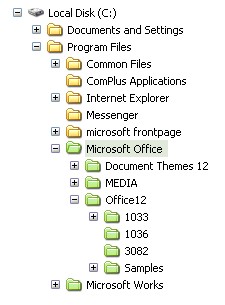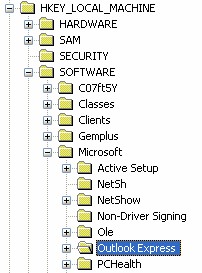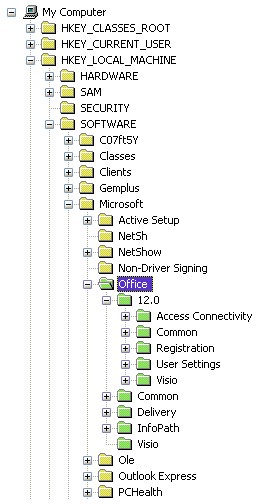Thinstall accomplishes "Zero Installation" by presenting a virtual environment to the running application, making it appear as if all of its files, registry entries, environment variables, COM/ActiveX controls, services, etc. have already been installed on the PC, even though, in reality, no changes have been made.
The virtual environment presented to the application is a merged view of files installed by the application and files already existing on the PC. For example, consider a host PC which has a filesystem that looks like this:
Filesystem as seen by Windows Explorer

Microsoft Office creates various directories during it's installation process, including:
C:\Program files\Microsoft Office\...
C:\Program files\Microsoft Works\...
When running a "thinstalled" version of Microsoft Office, the application would see all of the original files on the PC plus the additional directories installed by Microsoft Office. If the user used the File/Open dialog, he or she would see the following:
Filesystem as seen by Thinstalled Office

Because these directories are not actually created on the host PC, the PC remains unchanged and thinstalled applications will not negatively impact other applications on the same PC.
Thinstall presents a merged view of the system registry as well:
Registry as seen by Windows Regedit

Registry as seen by Thinstalled Office
